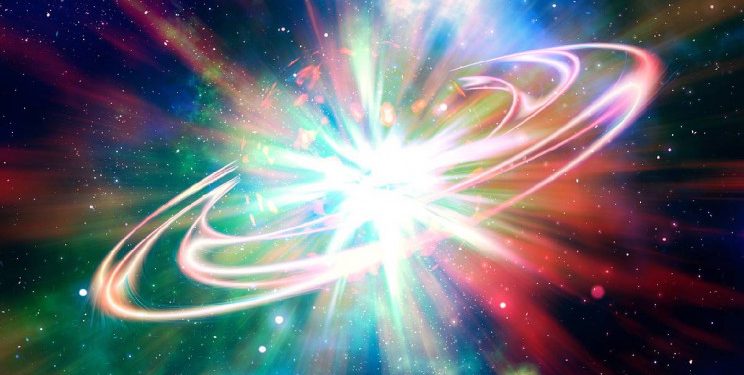It hasn’t happened to you that you suddenly ask yourself simple questions like “what the hell did I do to the remote?” and ends with a deep existential crisis questioning “what does reality itself mean?” We will expand on those doubts below – without giving a conclusive answer because science has not yet been able to resolve them.
The Big Bang theory, in one way or another, has always been considered as “the beginning of the universe” , of all existence. However, do we know the details of this “explosion”? Let’s go back, little by little, in space-time to try to know if there was something or not before “the big bang” —and what awaits us by the way.
It must be borne in mind: it was neither that big nor was it an explosion, not the expansion of a singularity. Ironically, the term Big Bang was coined by English astrophysicist Fred Hoyle, defender of the steady state theory.
However, the Big Bang is the most solid cosmological model due to the combination of its theoretical bases and empirical evidence, which is why throughout history it has been subject to modifications and adjustments by various scientists.
Thanks to Einstein’s theory of general relativity, gravity was described as a geometric property of space-time, a curvature. However, Einstein intuited a cosmological constant that described a static universe. Shortly afterwards the primordial basis of the Big Bang was confirmed – by the discoveries of Aleksandr Fridman, Georges Lemaître,
Howard Robertson and Arthur Walker -: the universe is homogeneous, isotropic and expanding. All these four characters did was give exact solutions to Einstein’s field equations — the so-called flrw model — proposing that everything was derived from a “primeval atom.”
Edwin Hubble also observed that the galaxies are moving further and further away from each other and that shaped the expansion. Regarding the homogeneity and isotropy of the universe, we have the cosmological principle and that of Copernicus.
The first states that on large scales – hundreds of megaparsecs – the universe has these two characteristics, while the second postulates that the Earth is not the center of the cosmos – although it seems obvious – since we can observe the same phenomena in other points of the universe without any change.
One, two, three and …
Hand in hand with spectroscopy – which studies the interaction of electromagnetic radiation with matter – the evidence for the expansion of the universe was confirmed again by discovering the “red shift”.
Visible light has a spectral range of 450 nanometers – nm – up to 700 nm wavelength, that is, from blue to green to red light. So, leaning on our Sun – which has specific radiation values, we will compare it with those of a galaxy or a cluster of galaxies – we observe that the wavelengths are lengthened.
It is not that they look more “reddish” not that the spectroscopic values are shifted towards the red light; hence, they are further away. Also with spectroscopic observations, it was shown that the simplest chemical elements are more abundant – hydrogen,
And the most recent discovery was microwave background radiation – CMB, for its English glas – in other words, it is “the first light in the Universe.” This is said for the mere fact that when the universe was a kind of super-dense and hot plasma, it prevented the formation of atoms and, consequently, radiation had no free space to travel.










